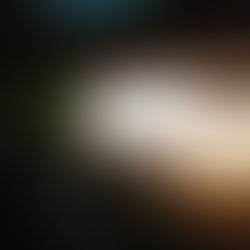Auto Glass: Laminated vs. Tempered
To many individuals glass may just seem like a finishing touch but in reality its actually a primary piece of your vehicles structural foundation. There are two types of glass used, laminated and tempered. While both play key parts towards structural integrity, safety from the elements and protection from road debris or involuntary obstructions, they each are created in very unique ways.

Laminated
Laminated glass is what is used for your windshield. Laminated glass is typically used when there is a possibility of impact of greater proportions. It is a type of safety glass that was created to withstand a significant amount of pressure without shattering into hundreds of thousands of itty bitty annoyingly painful pieces. How is this even possible?! Glad you asked... First off we're not complete savages.. Second advances in "modern" technology is a beautiful thing... Third and most importantly and more accurately your Laminated windshield is made up of two layers of glass with an interlayer of either ethylene-vinyl acetate (EVA) or polyvinyl butyral (PVB) holding them together. When there is an impact that is great enough to puncture but not pierce the glass completely a cracked pattern resembling a spider web typically appears. This is because the interlayer has kept the glass bound together preventing shards of glass from flying upon impact resulting in a safer situation for the driver and passengers. Laminated glass can also contribute to the increased sound insulation rating of a window. In this case a very special "acoustic" PVB compound is used. In either instance wether the interlayer is made of EVA or PVB they both offer a great amount of protection from UV rays. Laminated glass is a good friend. Be like laminated glass.
Tempered
Tempered glass is what is used for your side and rear windows in your vehicle. Although tempered glass is at last four times stronger than "regular" glass it is not solely designed to withstand heavy impact, but rather to break in a very specific way. Tempered glass is created using a process called tempering (shocker right?). First the glass is cut to size then it is heated to over 1100 degrees fahrenheit and then is put through a "quenching" process. Quenching is a high pressure cooling process that only lasts a few seconds but is an integral part of tempering. Structural integrity can be compromised if any alterations in fabrication happen after the tempering stage. When tempered glass reaches is breaking point (about 24,000 psi) it breaks into granular chunks instead of into sharp jagged shards. These small granular chucks are far less likely to cause added injury in comparison to traditional glass which typically breaks off in rough or jagged shards.
The evolution (if you will) of glass is everywhere around us. From dive masks to outdoor structures to even bullet resistant glass safety is always a primary concern. Here at RC Autoglass we share in those same priorities. Help us keep you and your loved ones safe. Call today for a free quote.






